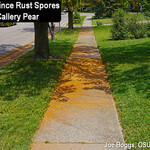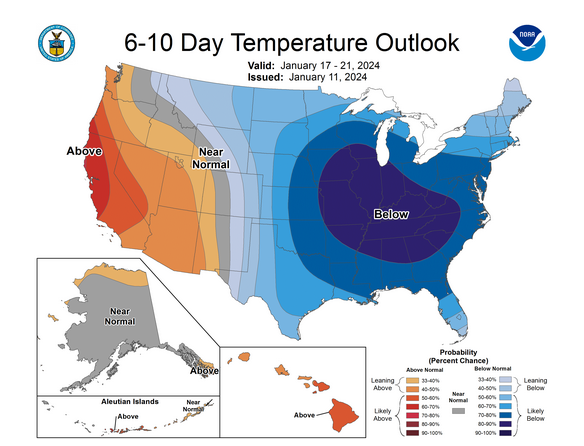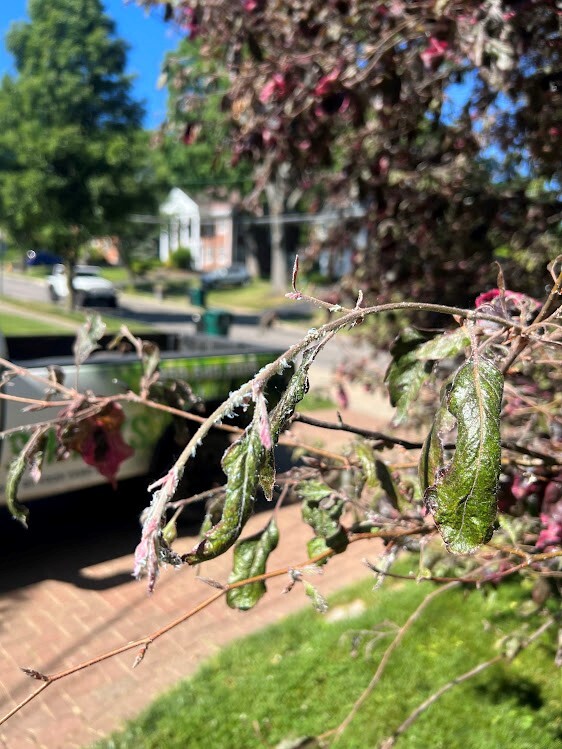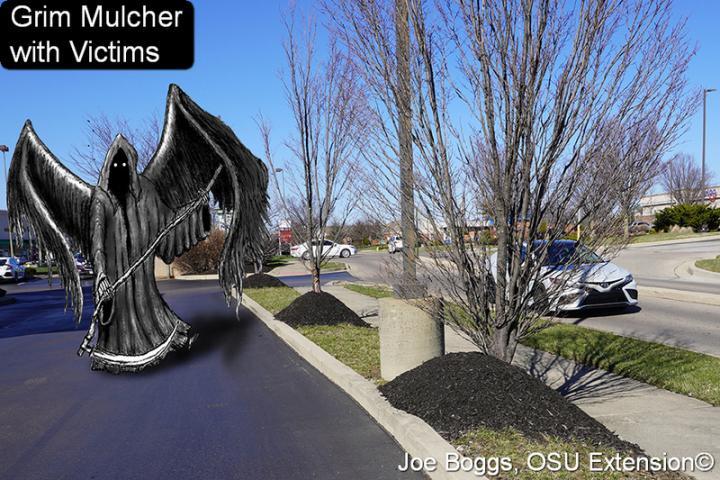Blog
Showing Entries with tag "Local Horticulture"
Close
Entry Tags (36 found)
Arboriculture Biomechanics Buckeye Yard and Garden Line Business Client Communications Consulting Deep planting Drought Emerald Ash Borer Environment Events Garden Professors Blog Garden Rant Blog General Global warming and climate change Horticulture In The Garden With Ron Wilson Inspirational Invasives Local Horticulture Native Plants Nature Phenology Plant Health Care Pollinators and Bees Pruning Recommended trees, shrubs, and plants Ron Wilson Online Root flares Safety Sustainability Tree Health Tree planting Tree Preservation Tree Risk Assessment Weather RelatedSpotted Lanternfly (SLF) Update
DEC 16, 2024
Box Tree Moth (BTM) Federal Quarantine Expanded
DEC 16, 2024

Orange "Dust" from Callery Pears
JUN 27, 2024
Homeowners in southwest Ohio were surprised yesterday to awake to find sidewalks, cars, and streets beneath Callery pears (Pyrus calleryana) covered in a fine sprinkling of orange dust. The unusual ev...

Temperatures with the coming cold wave will be comparable to the December 2022 cold wave. Here is a comparison:
December 2022 cold snap highs and lows:
45/20, 23/-9, 12/1, 19/7, 26/13, 32/24, 51/27,...
Rockdale Urban Garden – Cincinnati Zoo
JUL 20, 2023

The Year Of The Aphid
JUN 1, 2023
I’ve never seen honeydew raining down as it is this year in my area of southwest Ohio. The BYGL has chronicled much of this.

The Annual Return of the Grim Mulcher
APR 6, 2023
The horticultural horrors commonly called “mulch volcanoes” and “tree moats” defy explanation. These abominable tree and shrub mulching practices can combine with other stress-related issues to wrea...






